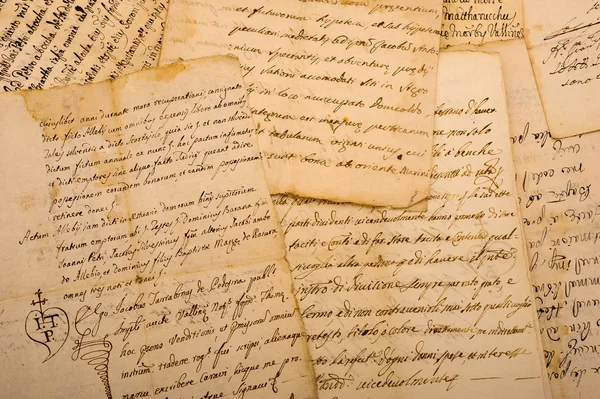

Gold color indicates high resolution color images available online. The quality and accessibility of the images is as follows: Digital images are referenced with direct links to the hosting web pages, with the exception of those at the INTF.Linked articles, where they exist, generally specify content in detail, by verse. Sometimes the surviving portion of a codex is so limited that specific books, chapters or even verses can be indicated. Content generally only describes sections of the New Testament: Gospels (Gosp), The Acts of the Apostles (Acts), Pauline Epistles (Paul), Catholic epistles (CE), and so on.Dates are estimated palaeographically by the INTF (except Codex Vaticanus 354 where the scribe gave a date - 949).

The numbers (#) are the now standard system of Gregory-Aland.Conversely, minuscule 1143, known as Beratinus 2, has some parts that were written in semi-uncial letters. So, the number 322 is merely nominal the actual figure should be somewhat lower. Uncial 0212 from the 3rd or 4th century is more properly a witness to the Diatessaron than to the New Testament itself. Some other numerical designations should be reallocated to other lists: 055 (commentary), 0100 (lectionary), 0129 (lectionary), 0152 ( talisman), 0153 ( ostracon), 0192 (lectionary), 0195 (lectionary), 0203 (lectionary). Sometimes one number also applies to two separate manuscripts, as with uncial 092a and 092b, 0121a and 0121b, and 0278a and 0278b. Uncial 0168 has been lost and over thirty manuscripts are associated with a smaller set of designations. However, the 322 currently catalogued does not provide a precise count of all the New Testament Greek uncials. Īs of 2012 over 320 sigla for uncial codices have been catalogued by the Institute for New Testament Textual Research (INTF) in Münster, Germany. Ernst von Dobschütz expanded the list of uncials through 0208 in 1933. The last uncial manuscript known by Gregory received number 0161. Codex Sinaiticus received the number 01, Alexandrinus – 02, Vaticanus – 03, Ephraemi – 04, etc. When Greek and Hebrew letters ran out, Gregory assigned uncials numerals with an initial 0 (to distinguish them from the symbols of minuscule manuscripts). Uncial 047 received siglum ב 1, Uncial 048 received ב 2, Uncial 075 received ג, Codex Macedoniensis – ו, to name a few. Tischendorf, for example, assigned the Codex Sinaiticus the Hebrew letter א. As a result, letters of the Greek and Hebrew alphabets began to be used. Succeeding generations used this pattern, but newly discovered manuscripts soon exhausted the Latin alphabet. Codex Alexandrinus received the letter "A", Codex Vaticanus – "B", Codex Ephraemi – "C", Codex Bezae – "D", until he arrived at the last letter used by him, "O". He used capital Latin letters to identify the uncials. Wettstein inaugurated the modern method of classification. By 1963, Kurt Aland, in his Kurzgefasste Liste, had enumerated 250, then in 1989, finally, 299 uncials. By 1859, Constantin von Tischendorf had increased that number to 64 uncials, and in 1909 Caspar René Gregory enumerated 161 uncial codices. In 1751, New Testament theologian Johann Jakob Wettstein knew of only 23 uncial codices of the New Testament. New Testament uncials – written in majuscule letters, on parchment or vellum.New Testament lectionaries – usually written in minuscule (but some in uncial) letters and generally more recent.New Testament minuscules – written in minuscule letters and generally more recent.New Testament papyri – written on papyrus and generally more ancient.New Testament uncials are distinct from other ancient texts based on the following differences: This style of writing is called Biblical Uncial or Biblical Majuscule. Codex Sinaiticus, Luke 11:2 Codex Alexandrinus, John 1:1–7Ī New Testament uncial is a section of the New Testament in Greek or Latin majuscule letters, written on parchment or vellum.


 0 kommentar(er)
0 kommentar(er)
